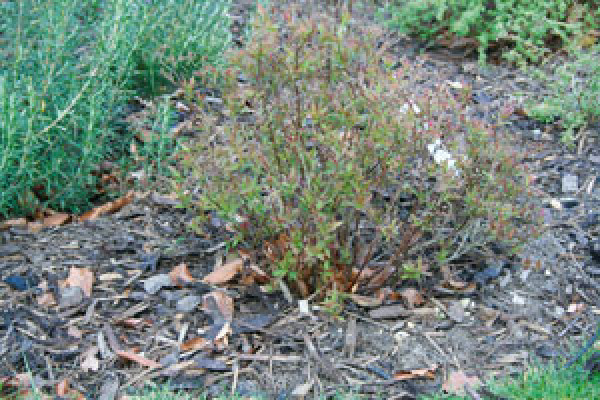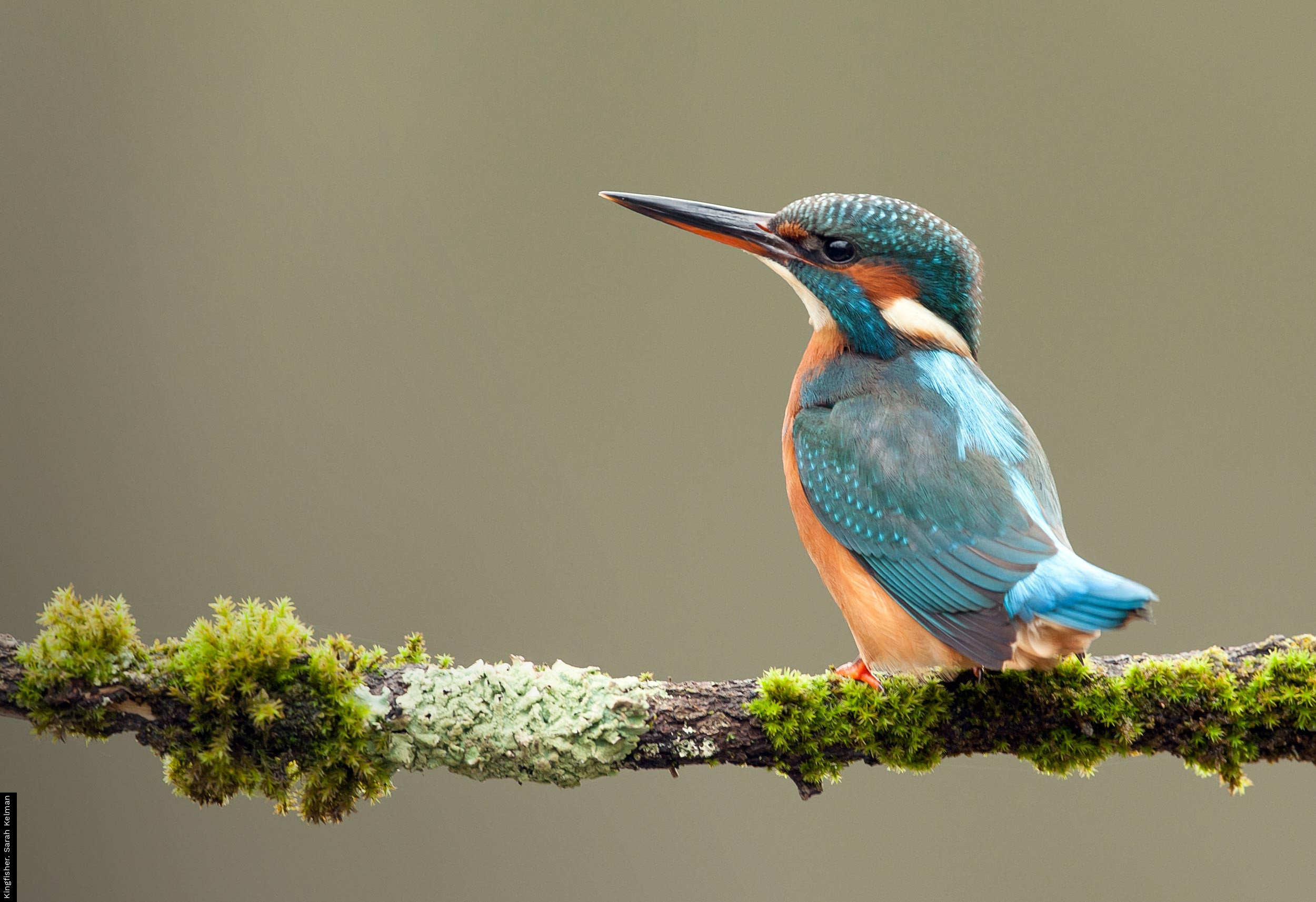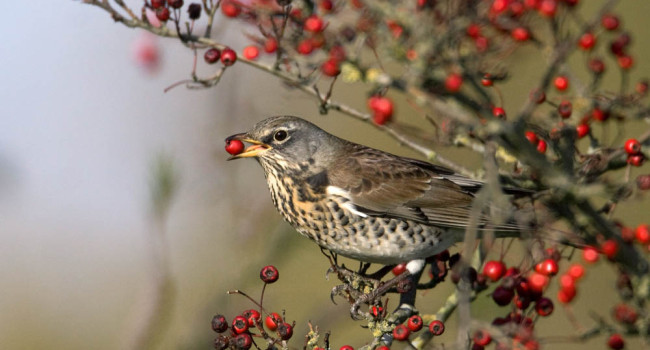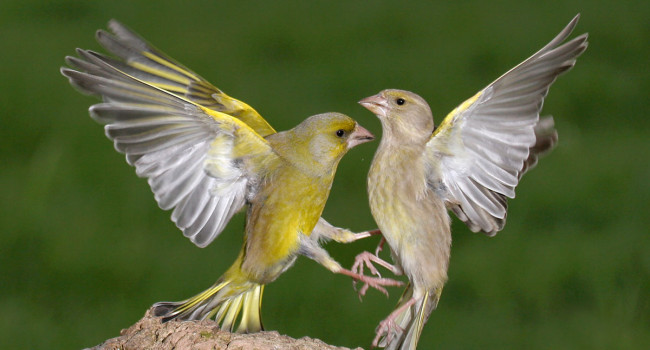Mulches

Organic, biodegradable mulches are best, improving soil structure and supplying plants with additional nutrients. These enter the soil through the community of decomposer organisms, which break the mulch down and make the nutrients more widely available. A mulch (such as that provided by leaf mould, compost, well-rotted manure, lawn mowings or chipped wood) is best used in a layer that is at least one inch in depth. This will provide the desired water retention benefits but a thicker layer (say four inches) is needed if the aim is to prevent weed establishment.
It is best to leave a gap around the base of each plant so that it does not become damp and subject to rot or disease. Think about where and why you want to use a mulch and avoid using an organic mulch if you do not want to increase the fertility of your soil. Other mulches should be avoided under certain conditions – e.g. it has been suggested that cocoa shell mulches may be toxic to dogs. Mushroom compost may increase soil alkalinity.
The Gardenwatch project, which was a collaboration between BTO and the BBC Springwatch team, has provided a fascinating insight into the resources that people across Britain provide in their gardens.
We are grateful to GBW volunteer Michelle Gault, who assisted us with providing content for the following article:
It has become the norm to keep our lawns tidy from leaves in the autumn. But, what happens if we don't? Our first findings from the Gardenwatch survey showed that only 42% of people reported leaving leaf piles in their gardens.
Leaving leaf litter to accumulate piles creates a whole new ecosystem. As the leaf litter breaks down, invertebrates that help with the decomposition of this material, such as earthworms, are encouraged.
Other species also benefit from the insulating cover of dead leaves over the colder months, such as spiders, beetles, molluscs and flies. The increase in invertebrates should benefit many species of insect-eating birds, mammals and reptiles.
Others appreciate this resource to shelter and hibernate in. This includes mammals, such as Hedgehogs, and reptiles such as Grass Snakes.
Instead of removing leaf litter, gardeners can use it to create leaf mulch. This compost, which is filled with nutrients, can be added to gardens in spring, benefiting soil and plants for years to come.






Share this page